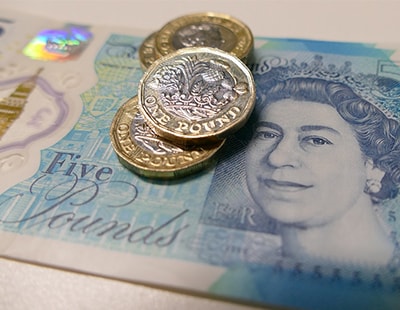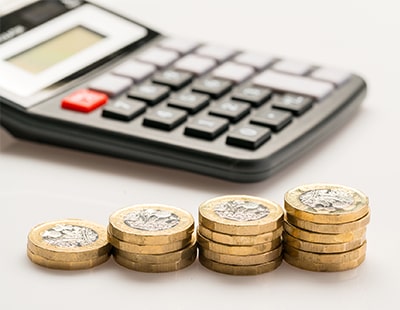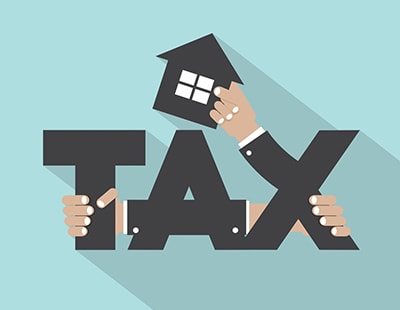“We may return to capital gains being taxed against income tax, or a new banding introduced for additional-rate taxpayers above the current threshold. We may even see a return to the flat rate of 30 per cent” he says.
“Another area that might be up for review is whether the Chancellor ... look at Principle Private Residence Relief. This tax relief cost the UK Treasury £27.6 billion in 2017/18 – and it was the second most expensive relief behind the personal allowance for income tax” he adds.
“There has long been a discussion on a wealth tax and, with the current housing stock valued at £7.4 trillion, this could this be a relief that is amended. The issue this creates is that, as CGT is only due on the transaction, this might cause people to simply stay put and not sell a property to avoid this tax, clogging up the property market” warns Dreghorn.
He sets out seven actions people can take now, ahead of possible changes.
Make sure you keep a note of your losses. If you have suffered any losses with any assets, make sure HMRC are aware. Any capital losses that you have ever made can be carried forward and offset against any gains, but this isn’t an automatic process.
Transfer assets between spouses if you can. Spousal transfers are free of CGT, so if you are married or in a civil partnership and have assets with a large profit, transferring or sharing ownership of an asset you are going to sell can be a good idea so that both allowances can be used.
Donate to Charity. If you are planning to leave a legacy to a charity you could consider gifting the assets now. Transfers to a charity are free of CGT, so gifting the assets promptly not only gives charities a benefit at a time when the third sector is struggling because of the implications of the pandemic, it also reduces your tax burden.
Understand where you have gains and plan accordingly. Make sure you have a clear picture of any assets that are liable to CGT and then be smart about how you use your money. If you have a rental property you are thinking about selling in the future, and money to invest now, consider investments that aren’t taxed against CGT, such as ISAs, Pensions and Bonds.
Use your allowances. Your ISA allowance is £20,000 per year, and if you have investments any assets in ISAs are exempt from CGT, so you should ensure these are fully funded each year. If it is possible for your investment holdings, try to use your capital gains allowance to the full each year. Trimming profits is something an Investment Manager should be doing automatically to use as much as your allowance as possible within a portfolio. Combining these by ensuring you regularly Bed and ISA from investment accounts to ISAs to use up both allowances is typically the best strategy with invested funds.
Time your disposals – if you need to sell, if you can try to spread sales across tax years, this will double up the exemption allowance used. When done across a couple, for jointly owned assets, this quadruples the allowance.
Involve professionals. Take the advice of accountants, financial planners and investment managers. Allow and encourage them to speak to each other to find the best solution for you. Other more-complex solutions like Venture Capital Trusts or Enterprise Investment Schemes may even be appropriate given your circumstances.
Dreghorn concludes: “This is a complicated area, and it would be best if both financial planning and tax advice is taken before making any changes to your portfolio. Every individual tax situation is unique and making these changes may not reduce the amount of CGT that you pay, but the good news is the strategies detailed above can have positive effects in other areas.”
Want to comment on this story? Our focus is on providing a platform for you to share your insights and views and we welcome contributions.
If any post is considered to victimise, harass, degrade or intimidate an individual or group of individuals, then the post may be deleted and the individual immediately banned from posting in future.
Please help us by reporting comments you consider to be unduly offensive so we can review and take action if necessary. Thank you.















.png)






Join the conversation
Jump to latest comment and add your reply
Simple, don't sell, just keep taking the income.
Or crystallise your current gains at current CGT rates and allowances by selling to a company owned entirely by you ( or you plus partner, children etc.). You could then sell tranches of shares over a period to other shareholders or relatives or trusted friends to utilise annual CGT allowances on an on going basis.
However, as Andrew says, never selling is the cheapest option, apart from buying in your kids' names on Day One, avoiding both CGT and IHT.
Please login to comment